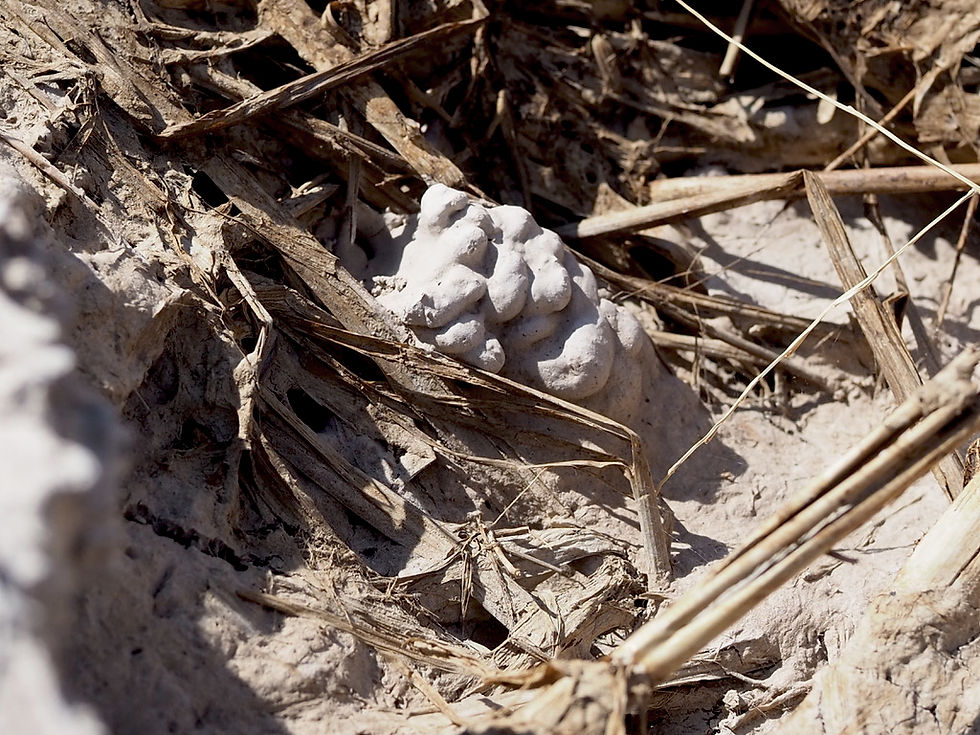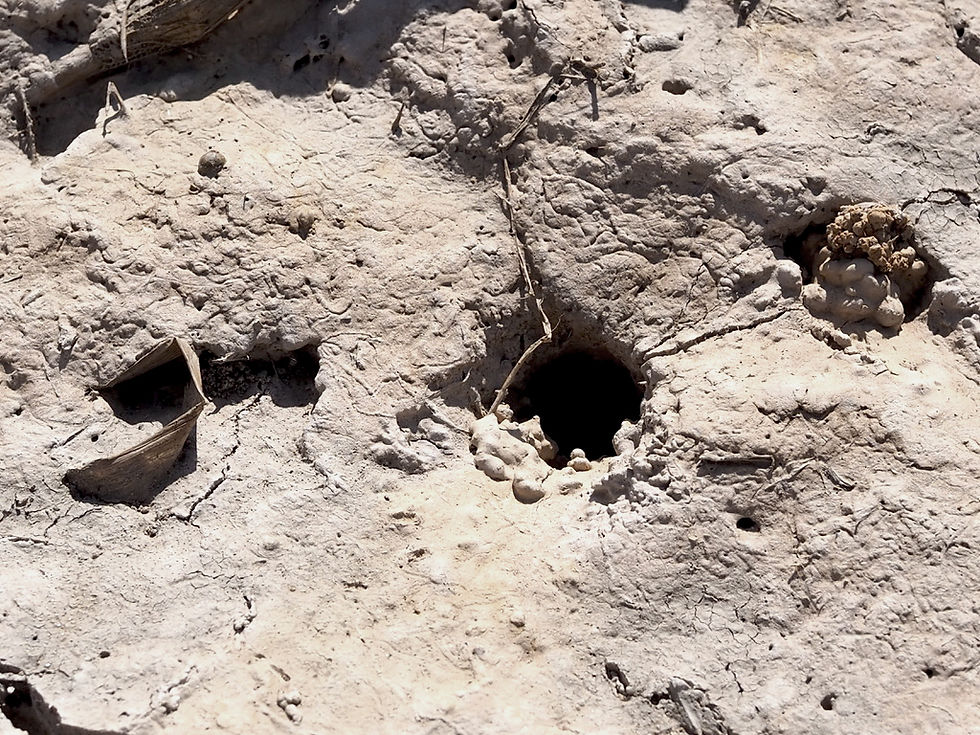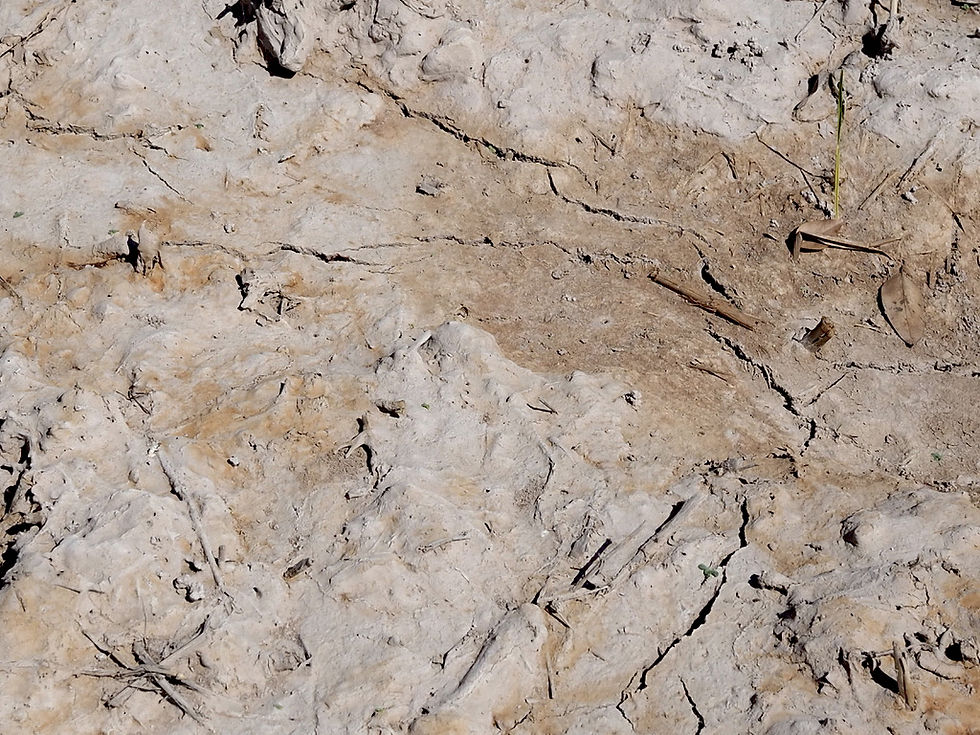Kamonchanok Wongwiboonsat





Thung Kula Ronghai Rice Fields
A Landscape of Hardship and Resilience



Thung Kula Ronghai spans five provinces in Northeastern Thailand, including Yasothon, my hometown. I have visited these vast rice fields and closely examined the soil conditions. The land here is particularly dry, especially during the scorching summer months. The soil, predominantly sandy, struggles to retain water, creating a texture reminiscent of coral—fragile and rough to the touch. As you walk across, the landscape resembles a dry desert. Yet, amidst the arid terrain, traces of life persist, with field crab burrows and earthworm casts scattered throughout the fields, marking the resilience of the ecosystem.
The name Thung Kula Ronghai translates to "the fields where the Kula people cried." According to legend, the Kula traders, known for their resilience, once attempted to cross this unforgiving land but were overcome by its extreme drought and harsh conditions, forcing them to weep in despair. Today, despite its challenging environment, Thung Kula Ronghai has transformed into one of Thailand’s most renowned rice-producing regions, a testament to the perseverance of both nature and the farmers who cultivate its land.
